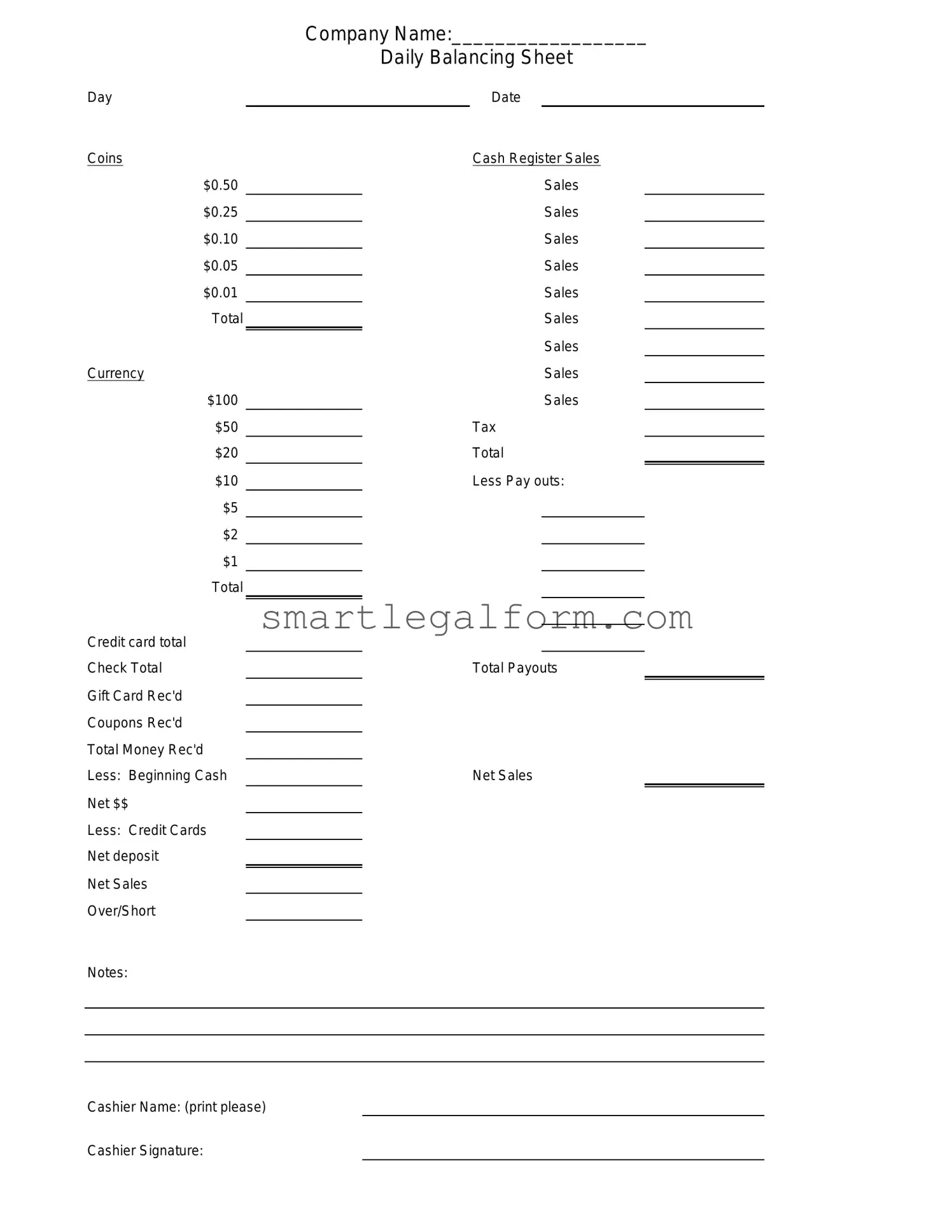When filling out the Cash Drawer Count Sheet form, accuracy is crucial. One common mistake is failing to double-check the starting cash amount. This initial figure sets the tone for the entire count. If the starting amount is incorrect, it can lead to discrepancies that complicate the reconciliation process.
Another frequent error involves not recording all transactions. Every sale, refund, or void must be documented. Omitting even a single transaction can skew the final totals and create confusion during audits. Ensure that each transaction is captured accurately to maintain integrity in the reporting.
Many individuals also overlook the importance of documenting the time of the count. This detail is essential for tracking and accountability. Without a timestamp, it becomes challenging to verify the accuracy of the counts or to address any discrepancies that arise later.
In addition, some people fail to have a witness present during the count. Having a second person can provide an extra layer of verification. This practice not only enhances accuracy but also builds trust in the process. A witness can help ensure that all cash is accounted for and that the count is performed correctly.
Another mistake is neglecting to sign and date the form. A signature serves as a confirmation that the count was completed and verified. Without this, the document lacks credibility, which can lead to complications if questions arise about the cash count later.
Lastly, individuals often misplace the completed form. Keeping it in a secure, designated location is vital for future reference. Losing the Cash Drawer Count Sheet can hinder financial reviews and audits, potentially leading to unnecessary complications. Establishing a clear filing system can prevent this oversight.

